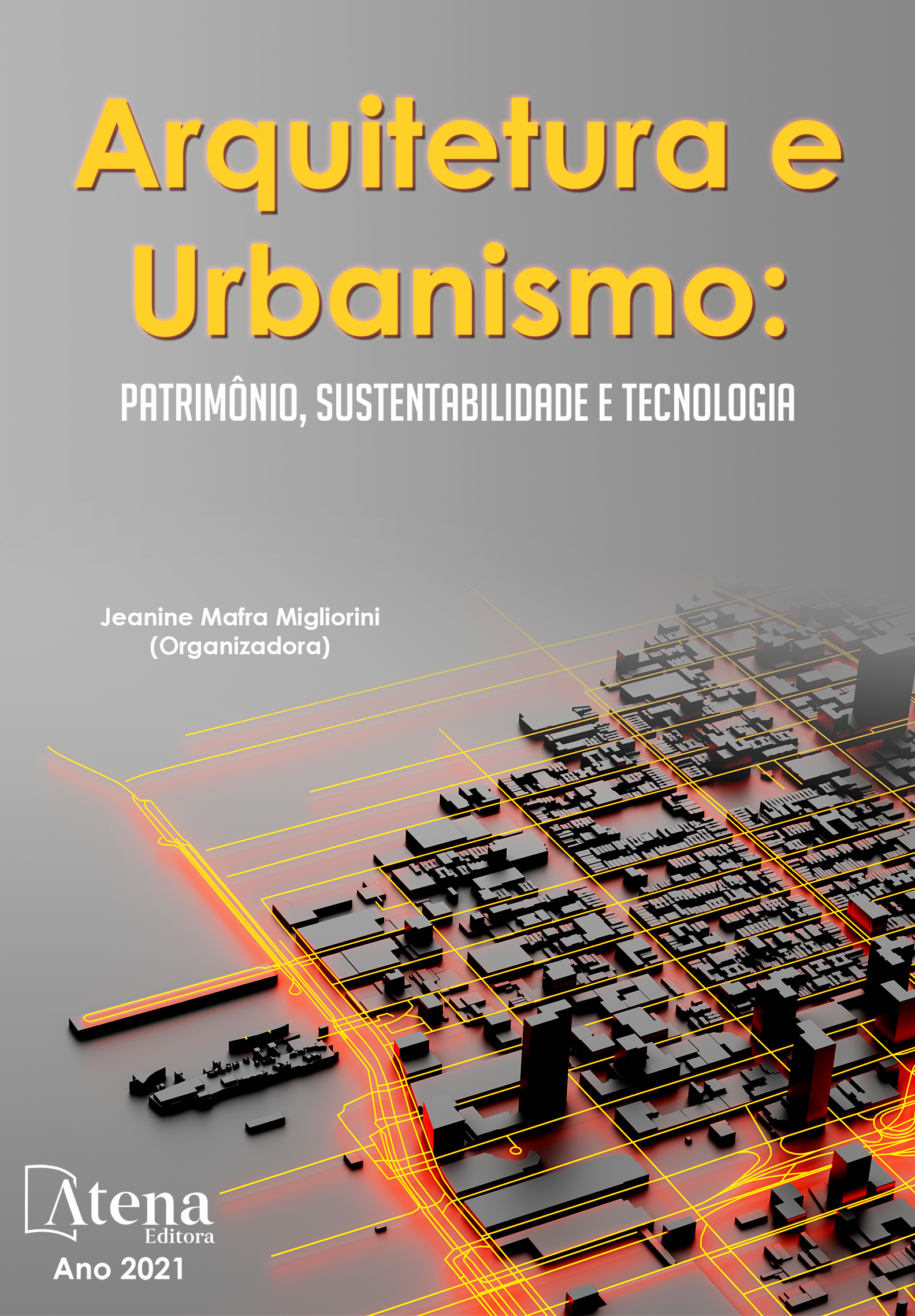
MEMÓRIA E PRESERVAÇÃO DOS CLUBES SOCIAIS PROJETADOS POR SYLVIO JAGUARIBE EKMAN NOS ANOS 1930 E 1940 EM FORTALEZA
No alvorecer do século XX, Fortaleza-CE, passou por transformações em sua paisagem, caracterizada por lento processo de substituição da linguagem arquitetônica eclética por uma arquitetura com linhas modernizantes mais racionalistas. Tais mudanças podem ser evidenciadas na arquitetura dos clubes sociais, reunindo em torno do lazer privado a elite econômica e política fortalezense, que migrava das áreas centrais para o litoral. Enquanto espaço de divertimento elitizado, tais clubes expressam no espaço citadino, uma forma de afastamento dos setores mais abastados das mazelas sociais urbanas, decorrentes do adensamento demográfico, da industrialização e desenvolvimento comercial nas áreas centrais. Sylvio Jaguaribe Ekman, engenheiro-arquiteto paulistano, teve importante contribuição na modernização da paisagem urbana de Fortaleza. Nas décadas de 1930 e 1940, projetou e construiu quatro destes clubes em Fortaleza: Country Club, Jangada Clube, Ideal Clube e Maguary Sport Club, que marcam este movimento migratório das elites para novas zonas de valorização e segregação espacial na cidade. Este artigo tem por objetivo, identificar como a ideia de modernização por parte das elites se manifestava, através da arquitetura nestes quatro clubes sociais, e discutir, a importância do registro bibliográfico como instrumento de preservação do patrimônio cultural edificado. Utilizou-se para tal, de revisão bibliográfica, pesquisa em documentos oficiais, fotografias, jornais e revistas de época, e coleta de dados em campo. Os resultados obtidos identificam uma preferência pelo uso de algumas vertentes da linguagem neocoloniais nos projetos destes clubes sociais, além da implantação gradual de soluções arquitetônicas mais adaptadas aos condicionantes locais de Fortaleza-CE. O resgate da memória e história dos clubes sociais pode ser adotado como um importante instrumento auxiliar na preservação do patrimônio cultural edificado da cidade.
MEMÓRIA E PRESERVAÇÃO DOS CLUBES SOCIAIS PROJETADOS POR SYLVIO JAGUARIBE EKMAN NOS ANOS 1930 E 1940 EM FORTALEZA
-
DOI: 10.22533/at.ed.1832112052
-
Palavras-chave: Modernização; Sylvio Ekman; clubes sociais; Fortaleza; patrimônio cultural
-
Keywords: Modernization; Sylvio Ekman; social clubs; Fortaleza; cultural heritage.
-
Abstract:
At the dawn of the 20th century, Fortaleza-CE, underwent transformations in its landscape, characterized by a slow process of replacing the eclectic architectural language with an architecture with more rationalist modernizing lines. Such changes can be seen in the architecture of social clubs, bringing together the economic and political elite of Fortaleza, who migrated from the central areas to the coast. As a space for elite entertainment, such clubs express in the city space, a way of moving away from the more affluent sectors of the urban social ills, caused by the demographic density, industrialization and commercial development in the central areas. Sylvio Jaguaribe Ekman, engineer-architect from São Paulo, made an important contribution to the modernization of the urban landscape of Fortaleza. In the 1930s and 1940s, he designed and built four of these clubs in Fortaleza: Country Club, Jangada Clube, Ideal Clube and Maguary Sport Club, which mark this migratory movement of the elites to new areas of valorization and spatial segregation in the city. This article aims to identify how the idea of modernization by the elites was manifested, through architecture, in these four social clubs, and to discuss the importance of the bibliographic record as an instrument for the preservation of the built cultural heritage. For this purpose, bibliographic review, research on official documents, photographs, newspapers and periodicals, and data collection in the field were used. The results obtained identify a preference for the use of some aspects of neocolonial language in the projects of these social clubs, in addition to the gradual implementation of architectural solutions more adapted to the local conditions of Fortaleza-CE. The rescue of the memory and history of social clubs can be adopted as an important auxiliary instrument in the preservation of the city's built cultural heritage.
-
Número de páginas: 18
- Tiago Farias Lopes


